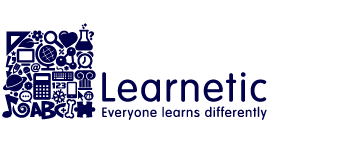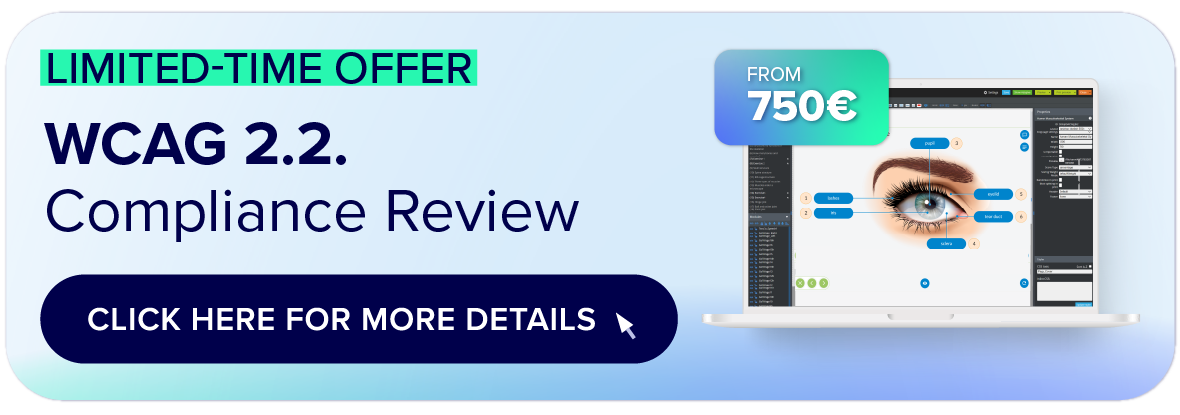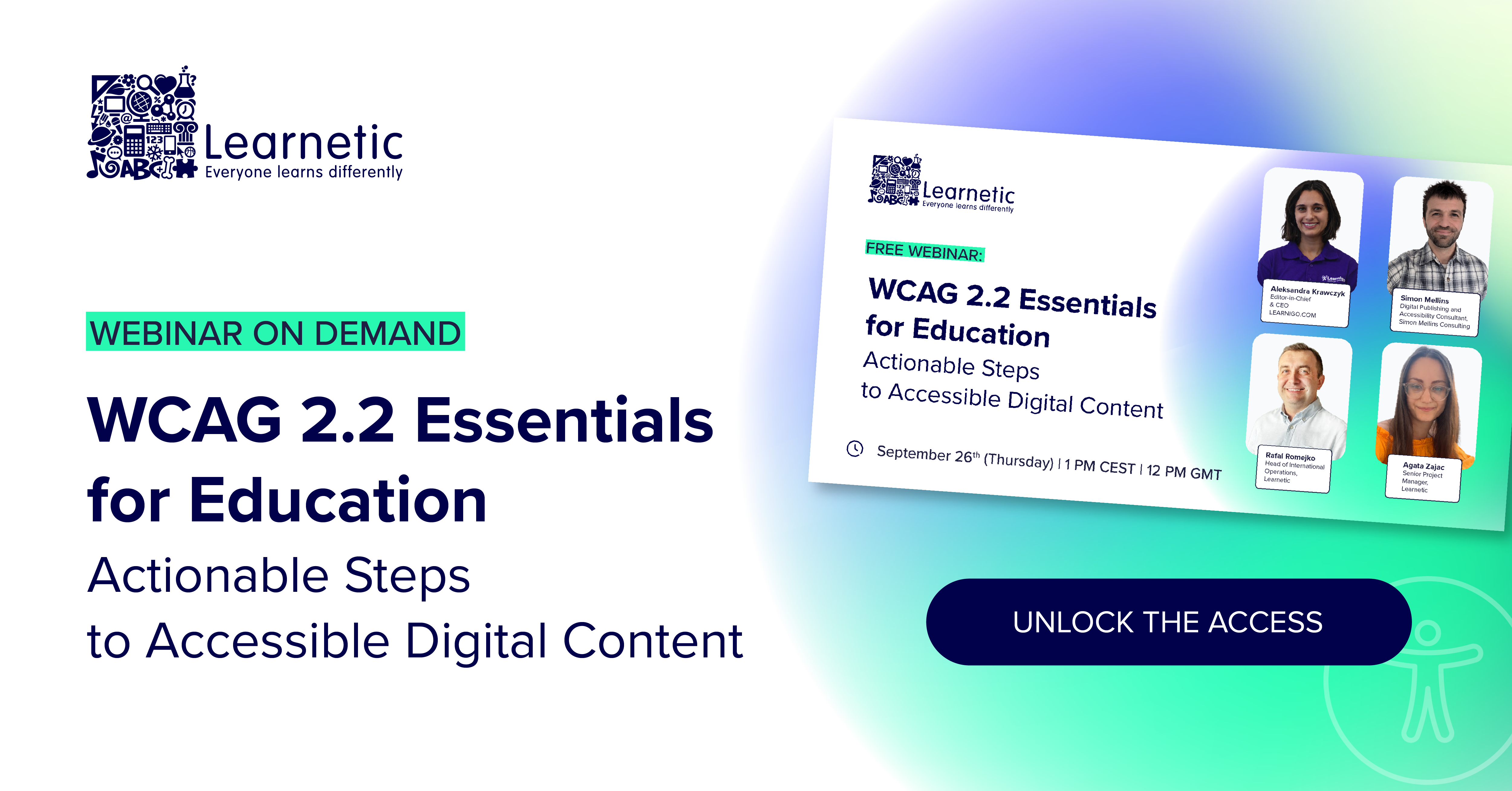Mastering Digital Accessibility in Education: Experts’ Insights
Imagine a world where every student, regardless of their abilities, can fully engage with digital learning materials. This isn’t just a lofty ideal—it’s becoming a necessity in our digital classrooms. But why is digital accessibility so crucial, and how can we master it?
The Urgent Need for Digital Accessibility
According to the World Health Organization (WHO), 16% of the world’s population experiences some form of disability. That’s one in six people facing physical, sensory, or cognitive challenges that can impact their ability to access digital content. In the realm of education, this statistic takes on even greater significance.
Recent data from the National Center for Education Statistics reveals a striking trend: between the 2011-12 and 2021-22 school years, the number of students receiving special education services under IDEA in the U.S. increased from 6.4 million to 7.3 million. This increase of nearly one million students underscores the growing demand for accessible educational resources.
The Business Case for Accessibility
Beyond the moral imperative, there’s a compelling business case for digital accessibility.
The Fifth Annual State of Digital Accessibility Report by Level Access reveals some compelling statistics that highlight the importance and impact of digital accessibility:
- Increased engagement: 87% of organizations report improved user experience due to accessibility efforts. This suggests that accessible e-learning content can lead to better engagement from all students, not just those with disabilities.
- Improved learning outcomes: 81% of organizations note increased customer satisfaction as a result of digital accessibility. In an educational context, this could translate to improved learning outcomes when all students can access and interact with the material effectively.
- Broader reach: 70% of respondents report improved customer acquisition due to accessibility efforts. For educational institutions, this could mean reaching a wider audience, including international students and those with different learning styles.
- Enhanced reputation: 79% of organizations observe enhanced brand reputation due to accessibility efforts. Educational institutions that prioritize accessibility can improve their standing and attract more students.
- Future-proofing: 85% of organizations consider digital accessibility a competitive advantage. By designing with accessibility in mind, educational institutions can ensure their digital resources remain relevant and usable as technology evolves.
These statistics paint a clear picture: digital accessibility isn’t just about compliance—it’s a strategic asset that can drive organizational success.
Mastering Digital Accessibility: Insights from the Experts
Mastering digital accessibility in education is an ongoing journey, but you don’t have to navigate it alone. In our recent webinar, “Mastering Digital Accessibility in Education” we explored this crucial topic. Our experts shared valuable insights on creating truly accessible and compliant interactive content, focusing on four key principles:
1. Perceivable information: ensuring content is presentable to users in ways they can perceive.
- For educational digital publishing, this means providing text alternatives for non-text content, authoring content that can be presented in different ways without losing meaning, and making it easier for users to see and hear content.
2. Operable interfaces: designing user interface components and navigation to be operable by all.
- In interactive lessons and eTextbooks, this involves making all functionality available from a keyboard, giving users enough time to read and use content, and helping users navigate and find content.
3. Understandable content: making text content readable and understandable.
- For educational digital materials, this means making text readable and understandable, making content appear and operate in predictable ways, and helping users avoid and correct mistakes.
4. Robust accessibility: ensuring content is interpretable by a wide variety of user agents, including assistive technologies.
- In the context of educational ePublishing, this principle ensures that content remains accessible as technologies advance, maximizing compatibility with current and future tools.
These key areas are derived from regulations and standards applicable in the EU, North and South America, and Africa, including and based on WCAG 2.1.
How Do Learners With Disabilities Experience Your Interactive Educational Content?
Experience firsthand how those with dyslexia and color blindness may see the world.
By understanding the challenges learners face, you can make informed decisions to improve the accessibility of your digital educational materials. This is not to be overlooked: WCAG 2.2 compliance will be required for digital content distributed in the EU starting June 2025. Based on our project experience, complying with WCAG 2.2 may increase time and budget requirements by 30% to 50%.
Meet with our experts for a free WCAG consultation to assess your specific needs.
WCAG 2.2 Essentials for Education – Actionable Steps to Accessible Digital Content
We also have another webinar that might interest you if you’re operating in the EMEA region: WCAG 2.2 Essentials for Education – Actionable Steps to Accessible Digital Content.
What You May Learn:
- Legal Perspective: understand the regulatory landscape and implications of non-compliance.
- Actionable Insights: discover practical steps to ensure your content meets accessibility standards.
- Best Practices: learn from industry experts how to integrate accessibility into your digital materials.
- Real-World Examples: see live demonstrations of accessible digital lessons and features like text-to-speech and screen readers.
Wrapping Up
Digital accessibility in education is not just a legal requirement or a nice-to-have feature—it’s a fundamental necessity in our increasingly digital world. By prioritizing accessibility, educational institutions can:
- Create more inclusive learning environments that benefit all students.
- Improve engagement and learning outcomes.
- Expand their reach to a wider audience of learners.
- Enhance their reputation as forward-thinking, inclusive organizations.
- Mitigate legal risks associated with non-compliance.
Are you ready to take the next step in mastering digital accessibility in your educational content or platforms? Don’t miss the opportunity to gain valuable insights and practical strategies from our expert speakers. Watch our free webinar, “Mastering Digital Accessibility in Education” and unlock the full potential of inclusive digital learning.
Are you ready to take the next step in mastering digital accessibility in your educational content or platforms? Don’t miss the opportunity to gain valuable insights and practical strategies from our expert speakers. Watch our free webinar, “Mastering Digital Accessibility in Education” and unlock the full potential of inclusive digital learning.










